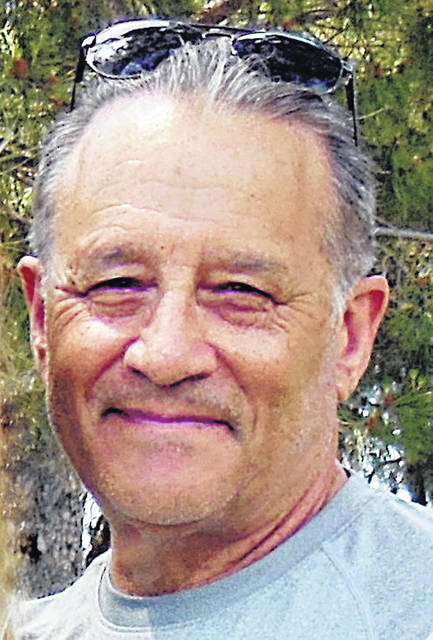
I live in Hillsboro, Ohio, but my doctors live in Columbus; therefore, I might be a natural case study for Ohio vaccine distribution.
I registered with Highland County as a qualified senior weeks ago. At the same time, my Columbus doctor let me know that as soon as vaccines were available through Ohio Health, I would be called to set up an appointment. Last week I got that call and received my first shot of the Pfizer vaccine at the Ohio Health Administrative Center. The occasion was impressive: signs as to where I should park, greeters at the door with surgical masks, guides to get me to the lineup of registration clerks to check me in, and then I was handed off to a welcoming numbers lady who gave me a ticket with the number 425 on it.
The wide-open vaccination area was the better part of a football field in size filled with people sitting in prepositioned socially distanced chairs, watching at least a half dozen big-screen TVs waiting for their numbers to appear. When No. 425 came up on the screen, I entered the lineup portal and was sent to the next of 25 injection sites, spread out over the same open field of play. After the injection I was sent to the 15-minute wait area where I was given my injection record card and visited by a nurse who asked me how I felt and scheduled my appointment for a second shot. As I walked out the door at 11:15 a.m., the microphoned impresario of this entire production announced that they had just vaccinated 500 people.
Granted, Ohio Health is a strong “magnetic” force that can pull in a big share of vaccines, but what and where is the equivalent force for rural areas like the Appalachian crescent and Highland County? We know that demand for vaccine still far exceeds supply. We also know that delivery in most states, including Ohio, is still very fragmented.
The week before, Highland Health Commissioner Jared Warner indicated Highland County had received 100 doses. This past week the county was said to have received 300 doses and they were anticipating the receipt of 600 more the coming week. Hopefully, that will help to clear some of the 200 in the county that I understand are currently waitlisted for vaccines.
As for me and the Highland County pathway to vaccination, I still haven’t heard from anyone about when I might be scheduled for a shot. This is not a reflection on Warner’s efforts, but an indication that we have equitable distribution problems in Ohio and probably in many other states. The point is mute now, but as a “case study” on how distribution is being handled, I thought my experience was worth noting.
According to a report in the Washington Post, based on Feb. 14 data from the Centers for Disease Control, Ohio had vaccinated (first dose) approximately 11 percent of its population. The Ohio Health Department vaccination dashboard has Ohio at 10.8 percent. The U.S. average percentage was approximately 11.6 percent. The same Ohio vaccination dashboard as of Monday shows that Highland County has vaccinated 7.18 percent. Statistically, that’s significant.
Unfortunately, do-overs are not an option with viral epidemics. Our elected officials needed to have put into place more effective logistical distribution plans long ago in anticipation of the arrival of the vaccine candidates. Sure, there would still be the demand-supply problem, but the equitable distribution of what was available would be more fair.
I’m no logistical expert, but one place where Highland County matches up well with the urban centers is with pharmacies, groceries and primary-care doctors. It good to hear that Kroger and Rite Aide will soon be getting doses and hopefully Walgreens and CVS as well… better late than never. But these options seem to a novice like me to be no-brainer calculations. Same goes for primary care doctors and nurse practitioners.
The Johnson and Johnson vaccine may come into play soon and Pfizer has announced new ways to increase production. That’s all good news. But Highland County and the Appalachian crescent of counties deserve as fair and even-handed per-capita practice in the distribution of what’s available from all the vaccine manufacturers.
Bill Sims is a Hillsboro resident, an author, and runs a small farm in Berrysville with his wife. He is a former educator, executive and foundation president.


